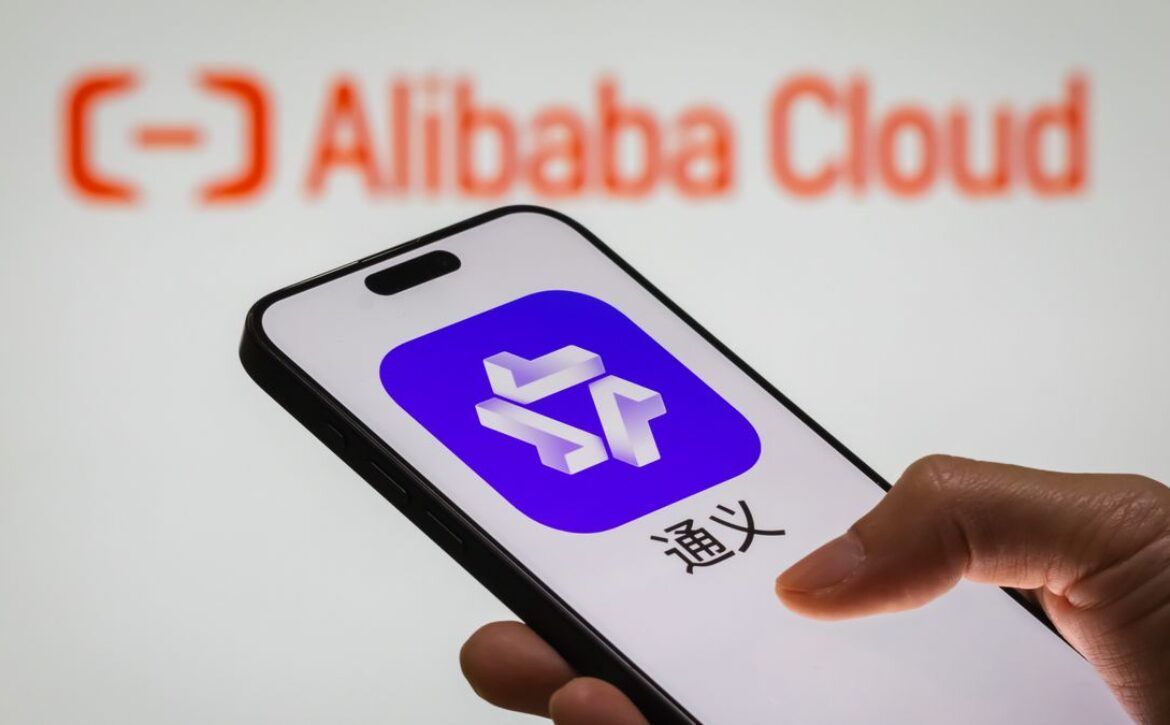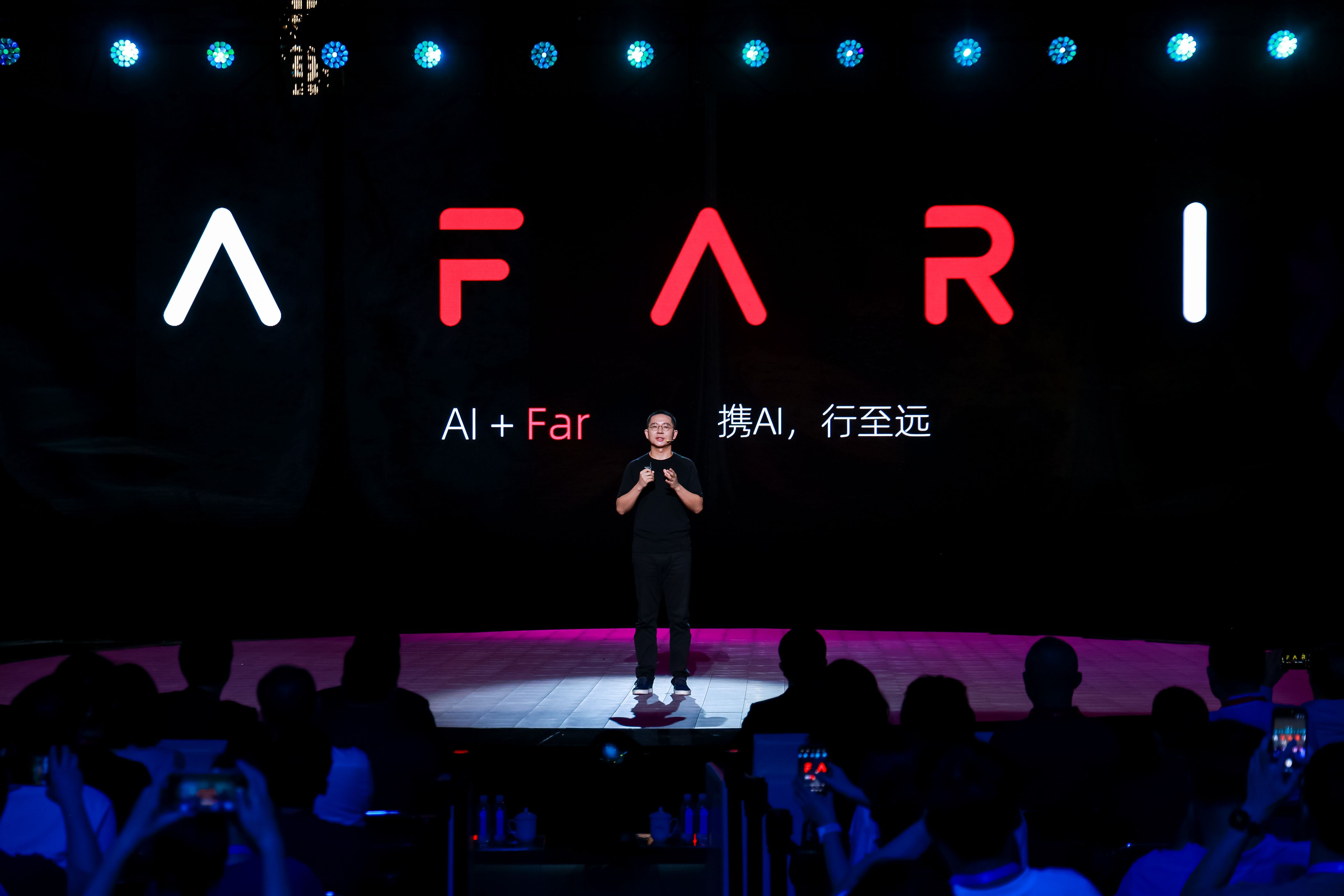
“Qwen Panic”: How Alibaba’s AI Ambitions Are Shaking Silicon Valley
Want to read in a language you're more familiar with?
"Qwen Panic" captures Silicon Valley's unease as Alibaba's AI advances challenge U.S. dominance, with its open-source Qwen models and ChatGPT-competing app reshaping the competitive landscape.
The Rise of “Qwen Panic” in Silicon Valley
A new expression is making the rounds among U.S. technologists — “Qwen Panic.” It describes the unease spreading across Silicon Valley as Alibaba’s rapid advances in artificial intelligence challenge long-standing assumptions about American leadership in the field. In the span of a year, Alibaba not only released its open-source Qwen series of AI models, but also launched a consumer-facing Qwen App aimed squarely at competing with ChatGPT.
These moves have upended the narrative of a one-sided U.S.–China AI race. American developers — from startups to Big Tech — now increasingly rely on Qwen, a model that is not only powerful but also remarkably cheap. The result is a psychological shift: for the first time, Silicon Valley is confronting a world where a Chinese AI model may be setting the pace.
On November 14, the Financial Times published a report that injected a new — and explosive — dimension into the conversation.
According to the FT, a newly surfaced White House national security memorandum, containing declassified fragments of top-secret intelligence, accused Alibaba of providing technology that supported PLA-linked operations targeting U.S. interests.
The memo offered no specifics — no evidence, no details on what “capabilities” were implicated, and no indication of whether Washington intended to respond. But the reaction was swift: Alibaba’s U.S.-listed shares dropped 4.2% within hours.
The political optics were profound. For the first time, U.S. intelligence allegations touched directly on a company whose AI models are now foundational to a growing portion of the global open-source ecosystem.
When an Open Model Starts Hollowing Out Silicon Valley
Alibaba’s open-source strategy has had a seismic impact on the U.S. technical landscape. By releasing high-performing model weights for free, Qwen has effectively hollowed out some of Silicon Valley’s traditional advantages.
Major American companies have quietly adopted it. Amazon, for example, uses Qwen to develop simulation software for its next-generation delivery robots. Apple, facing regulatory barriers in China, chose Qwen to power Siri’s AI requests in the Chinese market.
In academia and research, the shift is even more striking. Stanford researchers led by Fei-Fei Li built a top-tier reasoning model (“S1”) on Qwen2.5-32B — for under $50. The Allen Institute for AI built its multimodal system on Qwen2-72B, while former OpenAI CTO Mira Murati’s new lab includes Qwen as a default fine-tuning option.
This is why developers now casually refer to Qwen as “the strongest free model available.” As Qwen becomes the backbone for experiments, prototypes, and early-stage products, Silicon Valley’s dependence is deepening. The technical moat that once protected U.S. AI leadership is showing cracks.
Alibaba’s Full-Stack Offensive: From Cloud Power to Consumer AI
If Qwen’s open-source success rattled engineers, Alibaba’s next move shook the ecosystem as a whole. The company launched the Qwen App, a direct challenger to ChatGPT — but more importantly, the anchor of a full-stack AI offensive.
Alibaba is the rare AI player with the entire chain:
- Cloud infrastructure
- Foundation models
- Consumer apps
- Real-world services in e-commerce, logistics, finance, maps, payments, and more
This means the Qwen App is not just a chatbot — it is a potential control center for Alibaba’s vast digital empire. Imagine an AI agent that can help you shop on Taobao, plan routes on Amap, manage payments on Alipay, support enterprise workflows on DingTalk, or optimize supply chains in Cainiao Logistics.
This is Alibaba’s biggest advantage over U.S. AI firms: the ability to integrate AI with an already massive application universe. ChatGPT, in contrast, is still largely a stand-alone product. For Silicon Valley executives, the realization that Chinese AI will be deployed inside such a powerful ecosystem is deeply unsettling.
Why Washington Is Suddenly Talking About Open Models
Qwen’s rise has triggered a broader strategic reaction in the United States. The most high-profile example is the launch of the ATOM Project (American Truly Open Models) — a coalition of industry leaders and researchers pushing the U.S. to regain open-source AI leadership.
Its founding members include figures from Nvidia, Hugging Face, major VC firms, and former OpenAI employees. The initiative calls for:
- A dedicated U.S. open-model lab
- Government and private funding
- A roadmap to match or surpass Qwen and DeepSeek
Behind this urgency lies a recognition: open-source AI is becoming a strategic battleground, and China now holds the advantage.
Nvidia CEO Jensen Huang, during U.S. and China visits, praised Chinese open models and warned American policymakers that the future of innovation hinges on openness — implicitly acknowledging that Qwen and its peers have outpaced U.S. open alternatives. Even OpenAI is preparing its first open-source release in years, a shift unthinkable before Qwen.
The strategic fear is clear: if Chinese open models become the global default, the U.S. risks losing not only influence but also the technological standards that shape future industries.
The Cost War: How Qwen Exposes the Fragility of America’s AI Economics
Perhaps the most uncomfortable aspect for American firms is the economics. The U.S. AI model relies on:
- enormous capital expenditure
- proprietary APIs
- vast, debt-funded data centers
- expensive inference costs
By contrast, Qwen is cheap. Developers can run it locally, fine-tune it for a few dollars, or deploy it on inexpensive cloud hardware. Stanford’s high-performance S1 reasoning model — built on Qwen — cost less than $50 to train.
This cost advantage is so large that Western companies are already switching.
Airbnb CEO Brian Chesky openly stated that Airbnb’s new AI agent relies heavily on Qwen — calling it fast and incredibly cheap, while noting that OpenAI’s integration “was not ready.”
Even more symbolically, Amazon Web Services now offers Alibaba’s Qwen models on Amazon Bedrock — effectively making Qwen an official option for American enterprises.
For U.S. AI firms carrying billions in infrastructure costs, the implications are dire: a world where the best (or good-enough) AI is also the cheapest is a world where their business model becomes fragile.
The Real Battlefield: Productivity, Ecosystems, and the Pace of Adoption
The “Qwen Panic” ultimately reflects a deeper shift in the AI race — from a contest of model intelligence to a battle over ecosystems and adoption speed.
Alibaba’s chairman Joe Tsai put it succinctly:
“The winner will be determined by who adopts AI faster.”
OpenAI may have the most refined model, but Alibaba has the largest real-world playground to deploy one. Qwen App is merely the first step in linking foundation models with commerce, finance, logistics, and public services at consumer scale.
Yes, Qwen App still needs market traction and may take time to mature. But its symbolic impact is already enormous. For the first time, U.S. policymakers and CEOs are confronting a plausible future in which Chinese AI — open, cheap, scalable, and ecosystem-integrated — becomes the global default.
The resulting panic is not irrational. It signals a recognition that the future of AI will be won not by the most elegant algorithm, but by the model embedded most deeply into everyday life.




